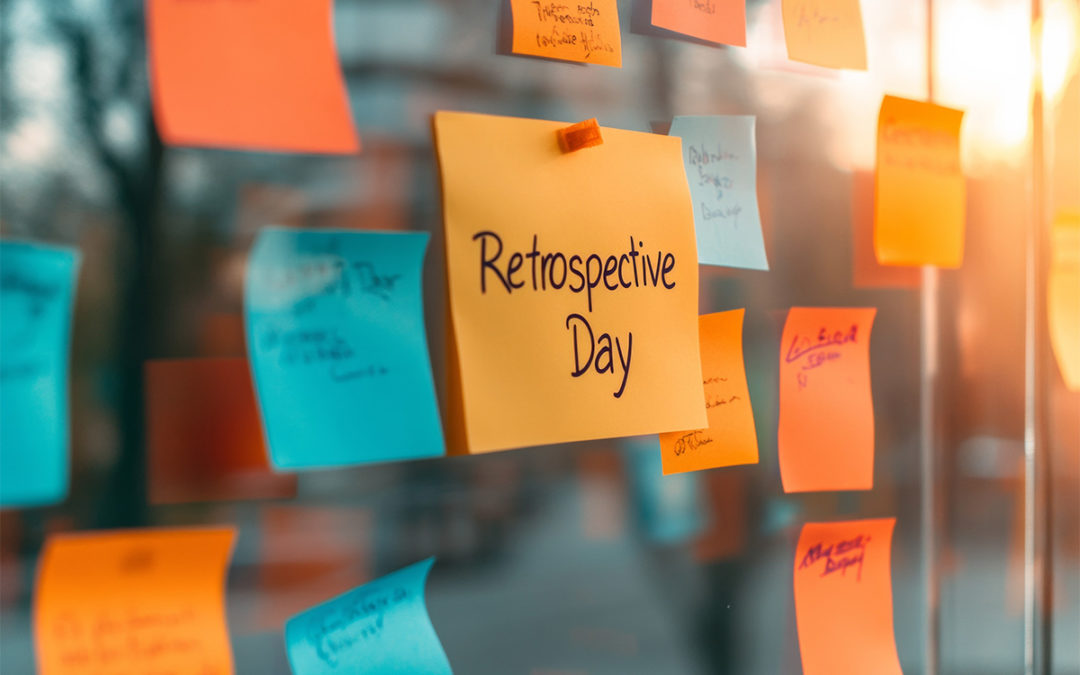This tongue-in-cheek definition of TEAM has taken on new relevance in the era of New Work.
Nowadays, team members often work highly independently. They may no longer see each other every day, and teams increasingly rely on the idea that “someone else will handle it”—or, more accurately, that each person takes full ownership of their individual tasks.
From a team development perspective, regular reflection is essential. After each iteration or work phase, it becomes necessary to schedule both a Review and a Retrospective:
- The Review focuses on the product or service being delivered.
- The Retrospective looks at the process of how the team worked together.
What is standard practice in agile environments also has great value in more traditional forms of collaboration, and can be a powerful tool for team development.
At Coverdale, we’ve long worked with the concept of the Review (we call it the Rückblende in German). After each work step, the people involved reflect on how the collaboration unfolded. Here’s how the process works:
Individual reflection
Each team member starts by individually reflecting on which behaviors contributed positively to the team’s success in the previous work step, and which behaviors may have hindered progress.
This is not about giving grades or creating a plus/minus list—it’s about honest personal perspectives, not judgments.
Sharing reflections
Next, everyone shares their observations. These are collected and displayed side by side—without discussion or evaluation.
It’s not uncommon for one person to have experienced a particular behavior as helpful, while someone else saw the same behavior as problematic.
Once all viewpoints are visible, the team reflects together: What are we seeing? What questions remain? The goal is to gain a shared understanding—not necessarily consensus, but clarity.
Input from the team leader
If the retrospective is facilitated by the team leader, they share their observations after the team has had their discussion.
The key is that the leader focuses on concrete observations rather than making judgments. Instead of saying “That was good” or “That was bad,” they might say:
“Person X did or said Y at time Z. This had the following effect on the team’s process.”
This approach often brings important new insights—and supports the team without steering it through personal opinions.
Personal takeaways
Each person then writes down what they’ve learned about their own role in the process and shares it with the group if they wish. These personal insights create accountability and deepen mutual understanding.
Making agreements
The most important part of the review process comes last: the team agrees on what to keep doing, do differently, or stop doing in the next work phase.
These agreements don’t just improve the way the team works—they also build trust and shared ownership.
Ideally, this kind of review should be built into the project from day one. It may feel a little unfamiliar at first, but when used consistently, it quickly becomes a powerful engine for team development. It leads to:
- A foundation of trust, supported by shared commitments
- A clear, goal-oriented alignment of team activities
- Ongoing, measurable improvements in collaboration and workflow
By integrating this practice, teams build the muscle they need to adapt and grow—together.


Recent Comments